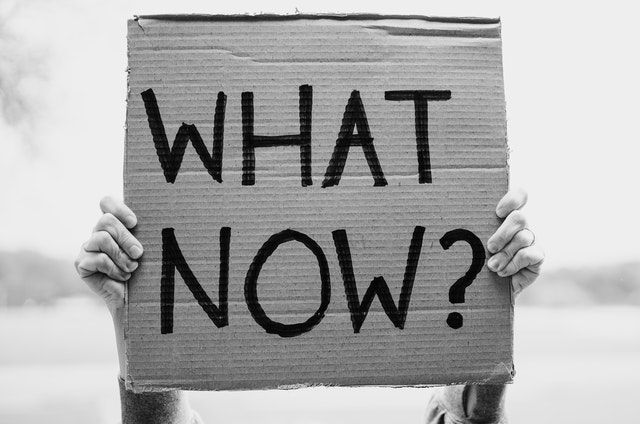I think we’ll all breathe a collective sigh of relief when we kiss 2020 goodbye. But just as this year has been like no other, so will next year, 2021, be different from previous years.
So much has changed, the transformation initiatives that used to take months or even years were completed in a matter of weeks. This was the year leaders rapidly shifted to responding tactically; fast-forwarding decision making in areas such as cost control, risk mitigation, revenue and demand, operational logistics and digital innovation based on customer and employee needs.
What is apparent, is that collectively we have the power to make positive and fundamental change, we have the capacity to work together as one for a common cause and to make things better. The question remains, will this momentum turn into a movement that’s sustained or will we simply slip back into our internalised business thinking and ways of working?
In 2021 there are 3 opportunities that should be on your radar:
- Organisational Culture Lost In the Wilderness
While COVID-19 protocols keep thousands of employees working from home and executive leaders are modeling what their new future of work looks like, the question remains, how will the true north in organisational culture be sustained? How individual employees think, act and communicate is shaped by an organisation’s culture – on a daily basis employee attitudes and behaviours are influenced by the organisation’s values, norms and unwritten rules for how work gets done.
Some of these standards are succinctly communicated; the employee handbook, office signage and company website. Mostly though, organisational culture such as language, customs, symbols, rituals and the like, is understood through the gradual and unconscious absorption of ideas, knowledge and ways of doing things. Gone are the watercooler conversations, the hallway discussions and the casual at-desk meetings. Organisational culture as it stands, the unspoken and unwritten rules, requires a rethink or risks the threat of being lost in a wilderness of individual interpretation.
- New World, New Customer Journeys
This year many of our long-held daily routines and activities have changed and been replaced with a new set of behaviours which are now commonplace; working from home, the way we shop, holidaying, entertainment and the like. Customers have a new world context, their needs are different and their expectations are being informed by leading digital brands.
In a study undertaken by my consultancy, All Work Together, “66% of customer leaders believe that new growth opportunities rest on their organisation’s ability to match their products and services to consumer needs.” Opportunities lie in deeply understanding our customers’ new context, mindset and influences – in knowing our customers’ needs, goals and what problems they’re trying to solve and how. Critically, CX and marketing leaders must have a sharp focus on understanding their customers’ new journeys and matching their organisation’s capabilities, products and services to meet new needs.
- Customer Empathy, More of This, Less of That
If this year has taught us anything, it’s that our soft human skills; our EQ in business, has got us through. Organisational leaders leaned-in to support their teams and customers emotionally and everyone in the business worked together for a common cause.
Leaders used the tactic of over-communicating to fill a vacuum of ambiguity; getting employees and customers on the same page, fast. Customers benefited in this newly connected world with random calls of support from call centres, specialised products were designed for customers undergoing financial stress, digitised service offerings were created – such as contactless pick-up where customers didn’t have to leave their vehicles and the government funded health services and apps that delivered information to keep everyone safe.
In Australia, with the worst behind us, what is to become of designing for customers’ new world needs, where customers are at the center of thinking, problem solving and decision making? Will this be the new norm or will many organisations revert to the status quo?
The Last Word
Amid all the chaos, what remains true more than ever, is that we need to work even harder to galvanise and align our business units to work together to make our customers’ and employees’ lives better. CX leaders need to embed the customer cause and align functional groups around the customer journey, commit to deep customer understanding using listening programs not just CX scores, develop whole of business customer storytelling norms and start developing customer experience capability at pace. Here’s to a better and brighter future in 2021.

